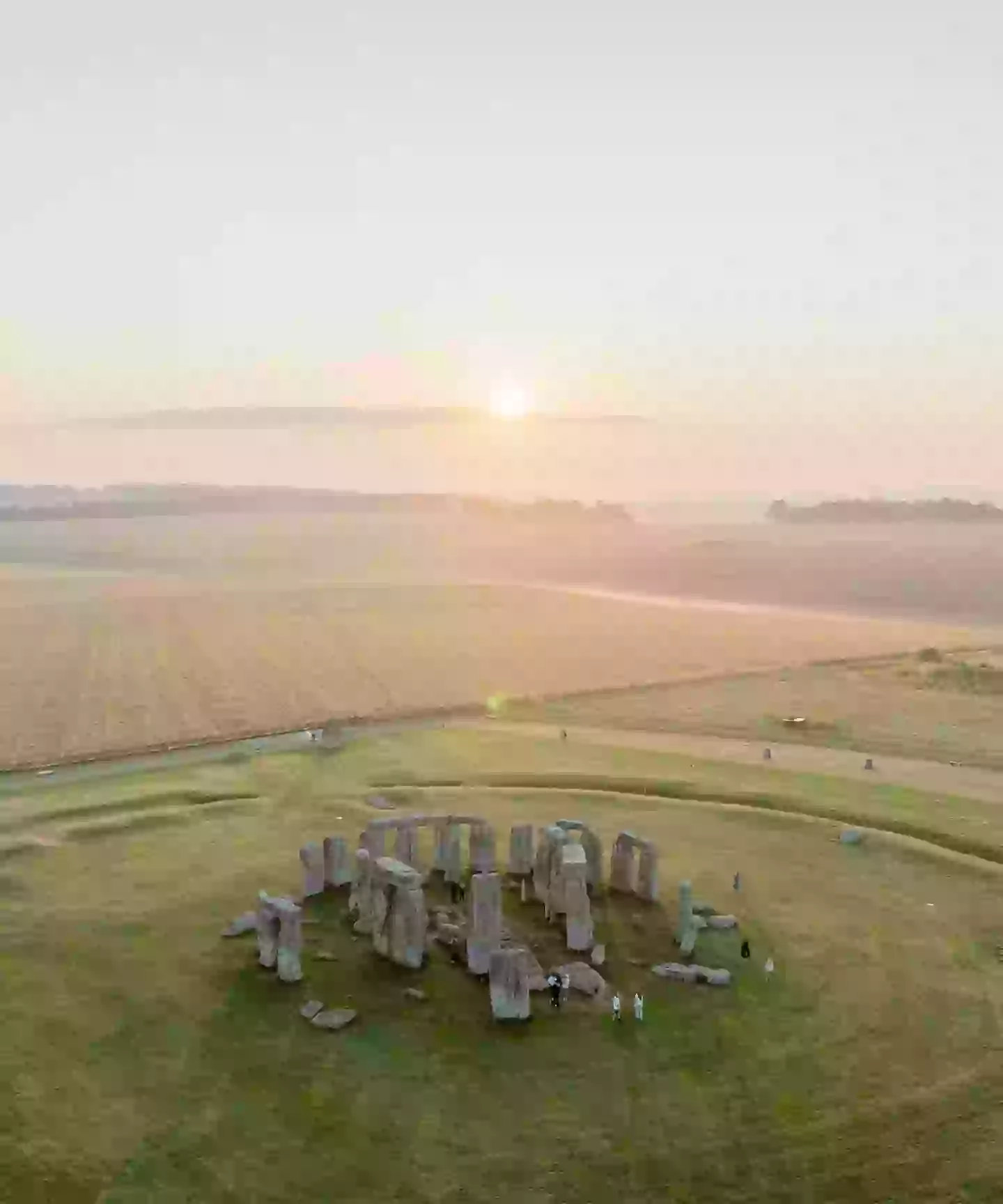A mystery that has puzzled archaeologists for years—how Stonehenge’s bluestones moved hundreds of kilometers—has been unraveled by a new study. Scientists now believe early humans transported these stones from Wales to their spot in Wiltshire.
Researchers from Aberystwyth University compared key rocks from Stonehenge with those at Craig Rhos–y–Felin, finding an exact match. Their tests showed the stones were not moved by glaciers, but by human hands.

They analyzed the boulder’s surface and chemical elements like thorium and zirconium, proving a direct connection between the Stonehenge stones and their Welsh origins.
The idea that glaciers moved the stones was popular, but recent work shows that people could have done it using sleds, ropes, and pathways—methods known to other indigenous groups moving heavy loads.
This shows the remarkable ability and persistence of Neolithic builders in creating Stonehenge.


